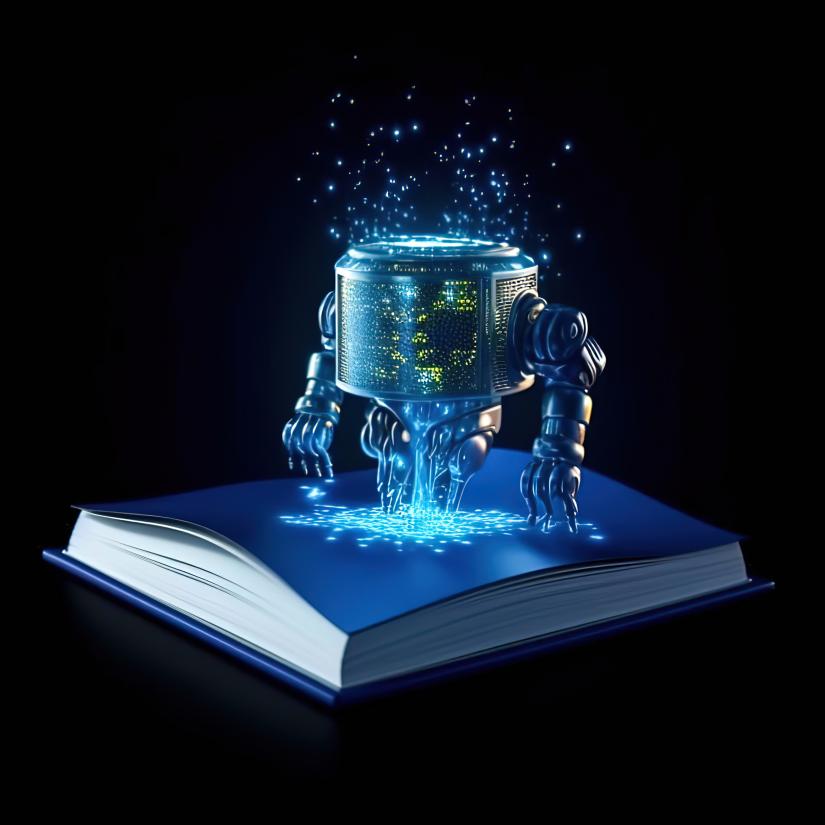
Wikipedia has tasked us with finding the ways that generative AI (genAI) tools like ChatGPT could impact on their crucial processes of providing and curating the world’s largest encyclopedia. The workers that cultivate this knowledge source are largely an army of self-selected volunteers that engage with a vast range of tools and techniques alongside Wikipedia’s now long-established norms, so the massive and minute ways that genAI can interact with these processes are potentially diverse. Many are citing impacts on their processes of knowledge integrity, as genAI produces often small factual errors with such confidence that they can be difficult to detect, and volunteers can be demotivated to curate this content that lacks the good faith behind human contributions.
As we continue to investigate the Wikipedia community’s interactions with AI, a predictable challenge is coming to light. The AI tools have already since evolved out of previous problems to a new iteration, with a new set of challenges. Consider, for instance, Wikipedians’ discussions explaining the hallmarks of genAI content, with its noodly extra fingers and sophomoric document structures. While making for entertaining conversation, fingers and hands are increasingly accurate and the newest LLM offerings provide cannier outputs – a key goal of these projects is to be as indistinguishable from the real thing as possible. This leaves Wikipedia’s community on the back foot in responding to genAI developments. For researchers investigating genAI’s implications, this translates to further problems even before we wrap up our current research.
That massive disruptions can outpace research is not a new phenomenon; similar concerns were raised in the rapid expansion of the internet and social media into every business and household. However, there does not appear to have been much success in matching the pace. Indeed, there is an extent to which the gap may be incontrovertible: our increasingly networked and online society means these innovations have wider implications than in the past. Much of research on handling disruption necessarily comes after the impact, and good research needs to take into account confounding factors that complicate the data, which multiply as the scope increases. Compounded with Australia’s declining investment in research, we are increasingly finding ourselves in a position of being less able to effectively respond to disruptions that are growing in scale and frequency.
As we continue our projects investigating genAI on Wikipedia and beyond, we are in an academically novel position. While we ostensibly want to make a distinctive impact on the body of knowledge, we would also take solace in some redundancy – a bevy of research on generative AI that maps out its impacts in a fulsome fashion and mitigates the worst of its potential to do harm. Whatever its benefits, and there are potentially many, Wikipedians have painstakingly explored the potential for genAI to do harm to knowledge integrity and our ability to interpret the world. It may take a change of paradigm for us to keep up.

Tim Koskie, CMT researcher
This is from our Centre for Media Transition newsletter: Lattouf dispute, objectivity and the AI race - Issue 1/2024. Read it here.

